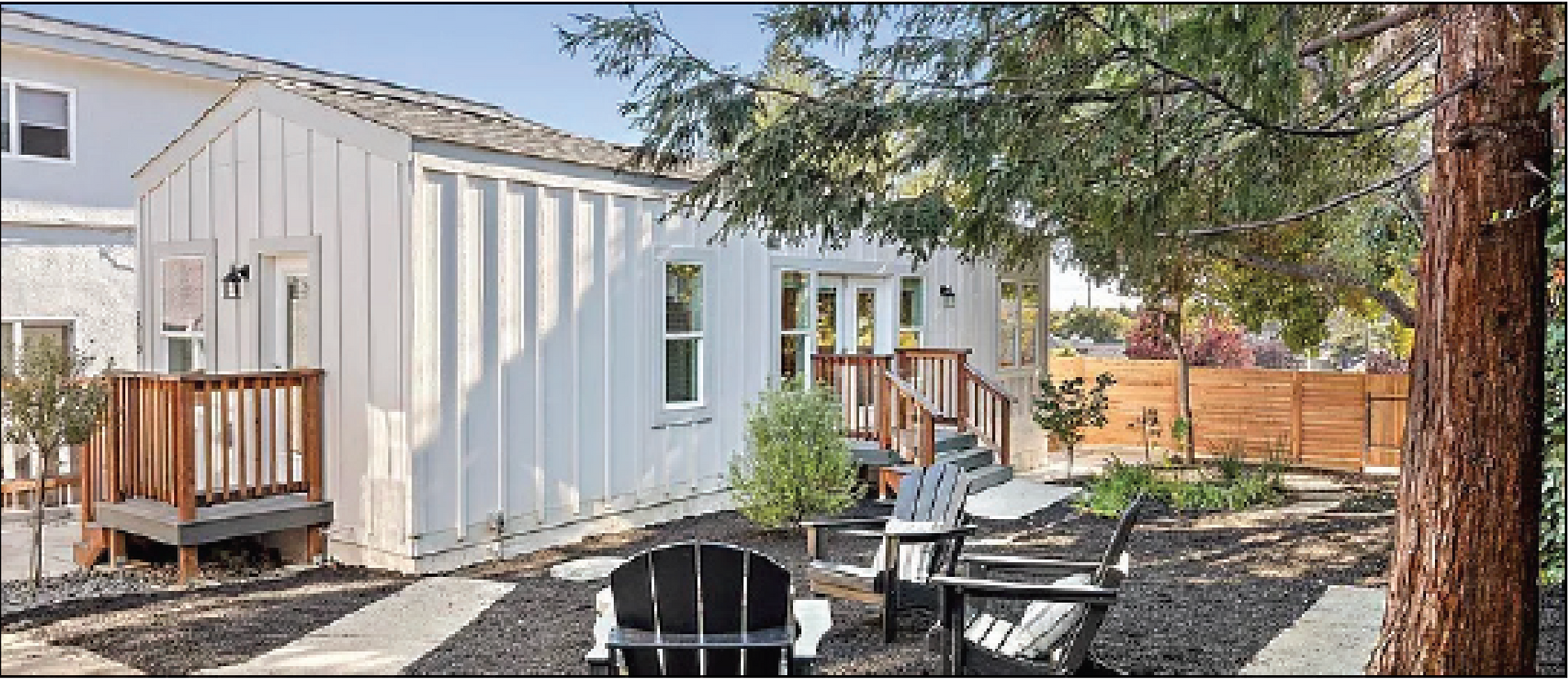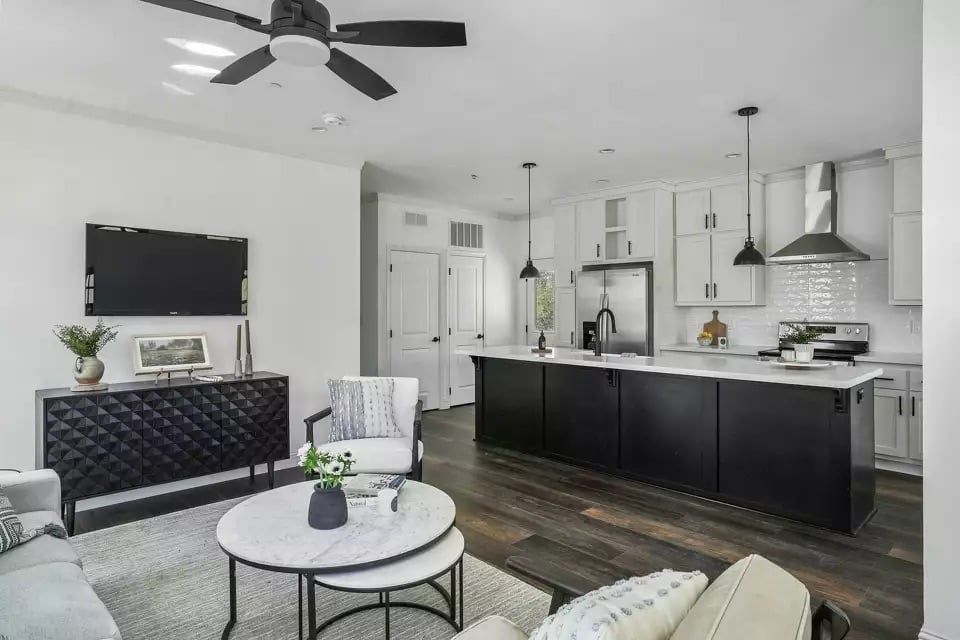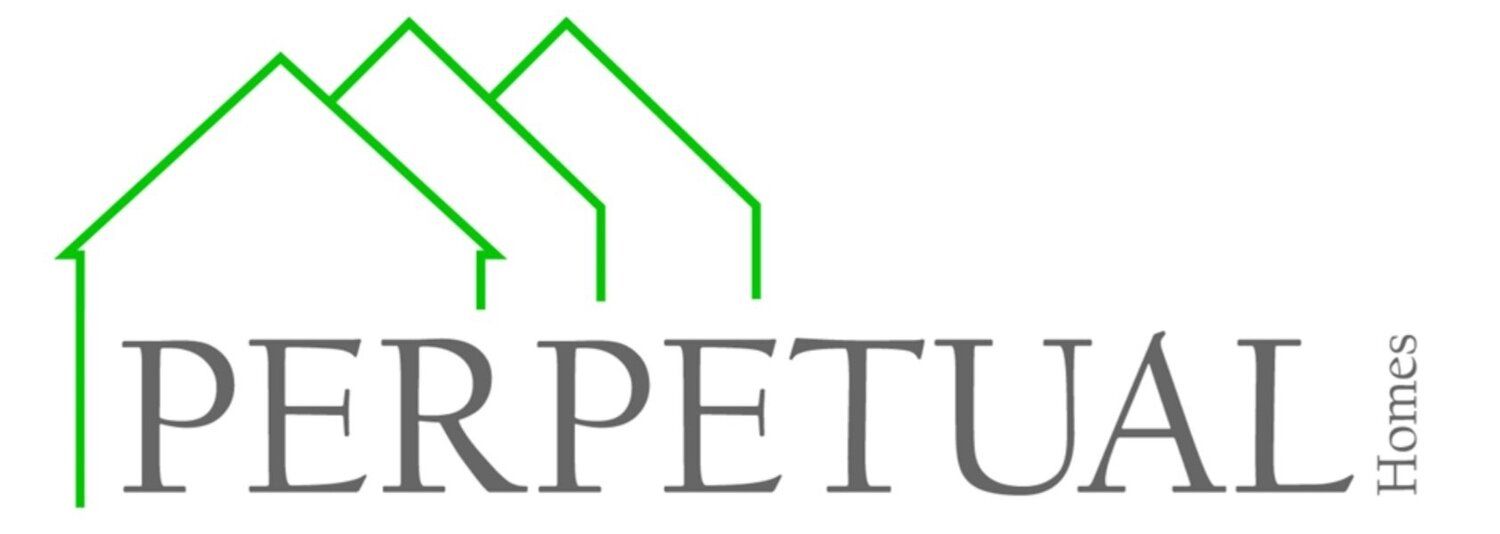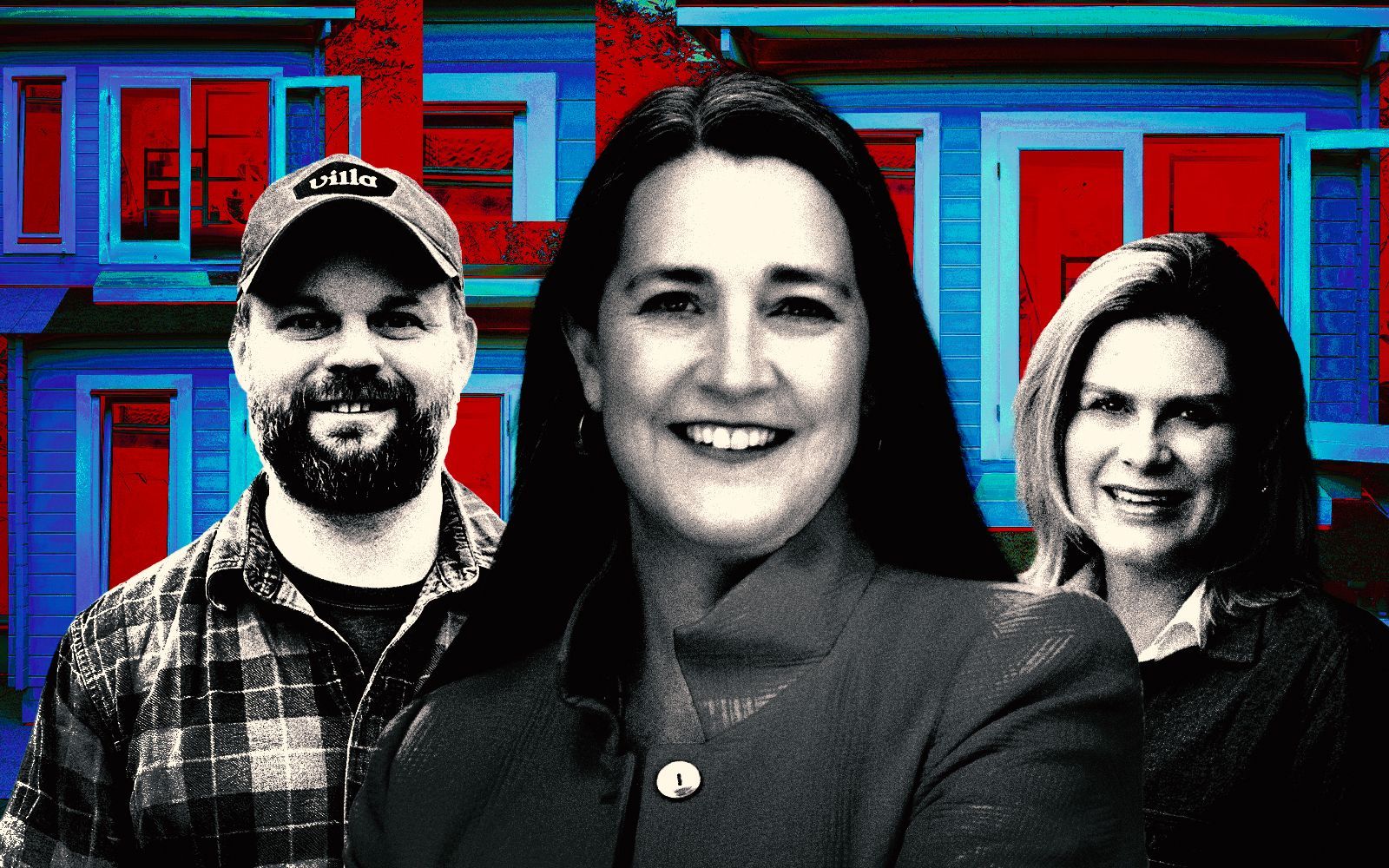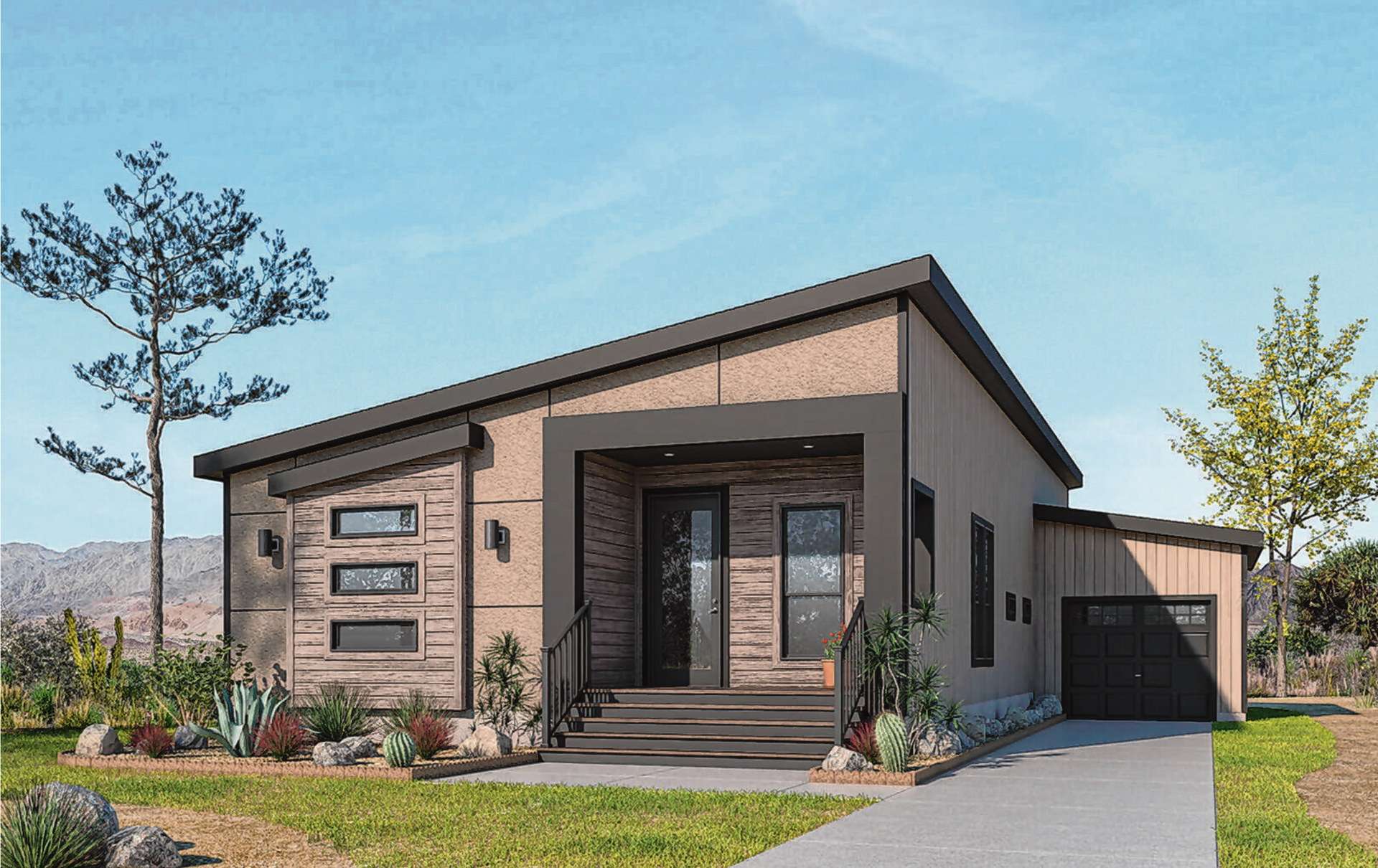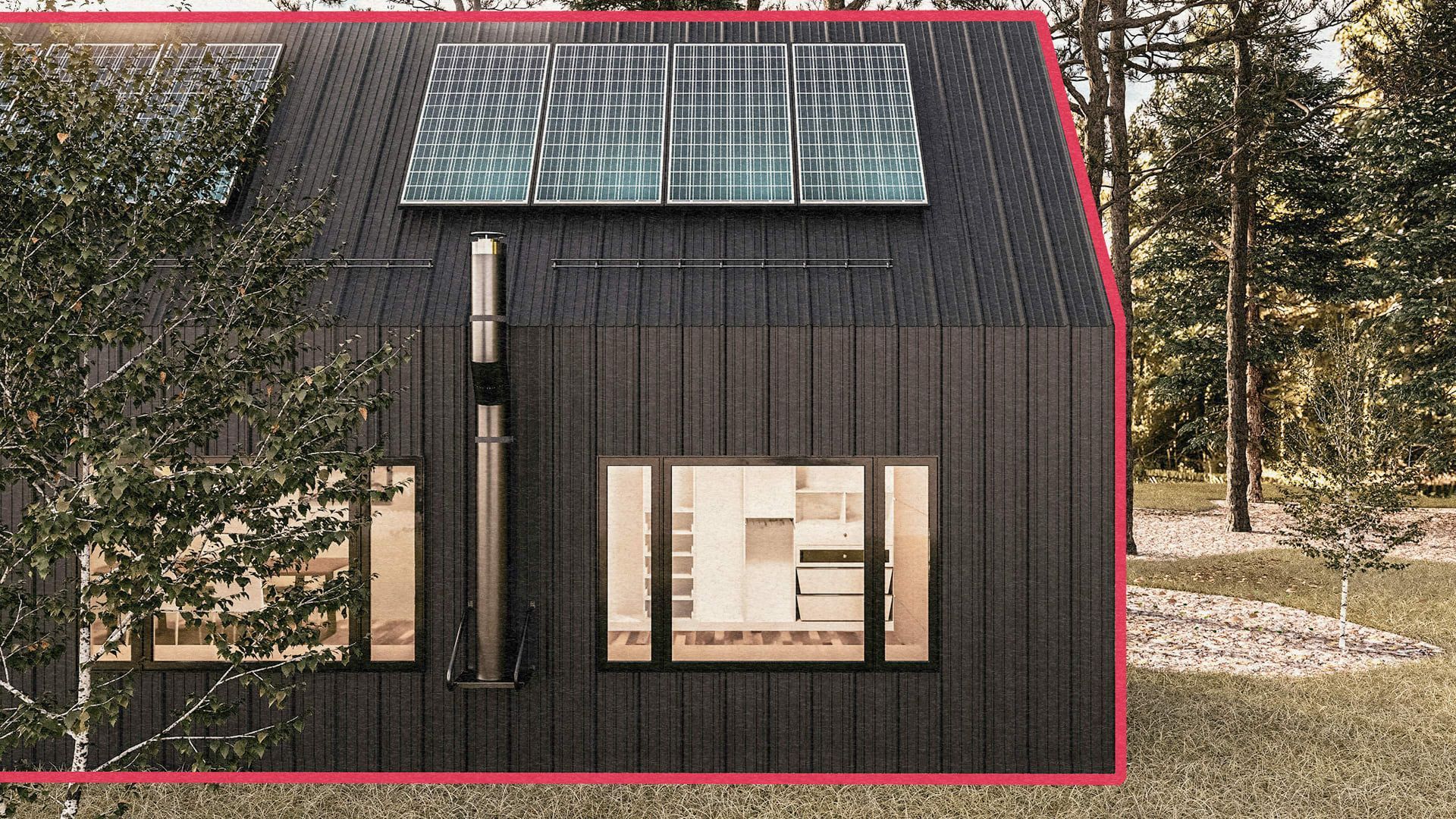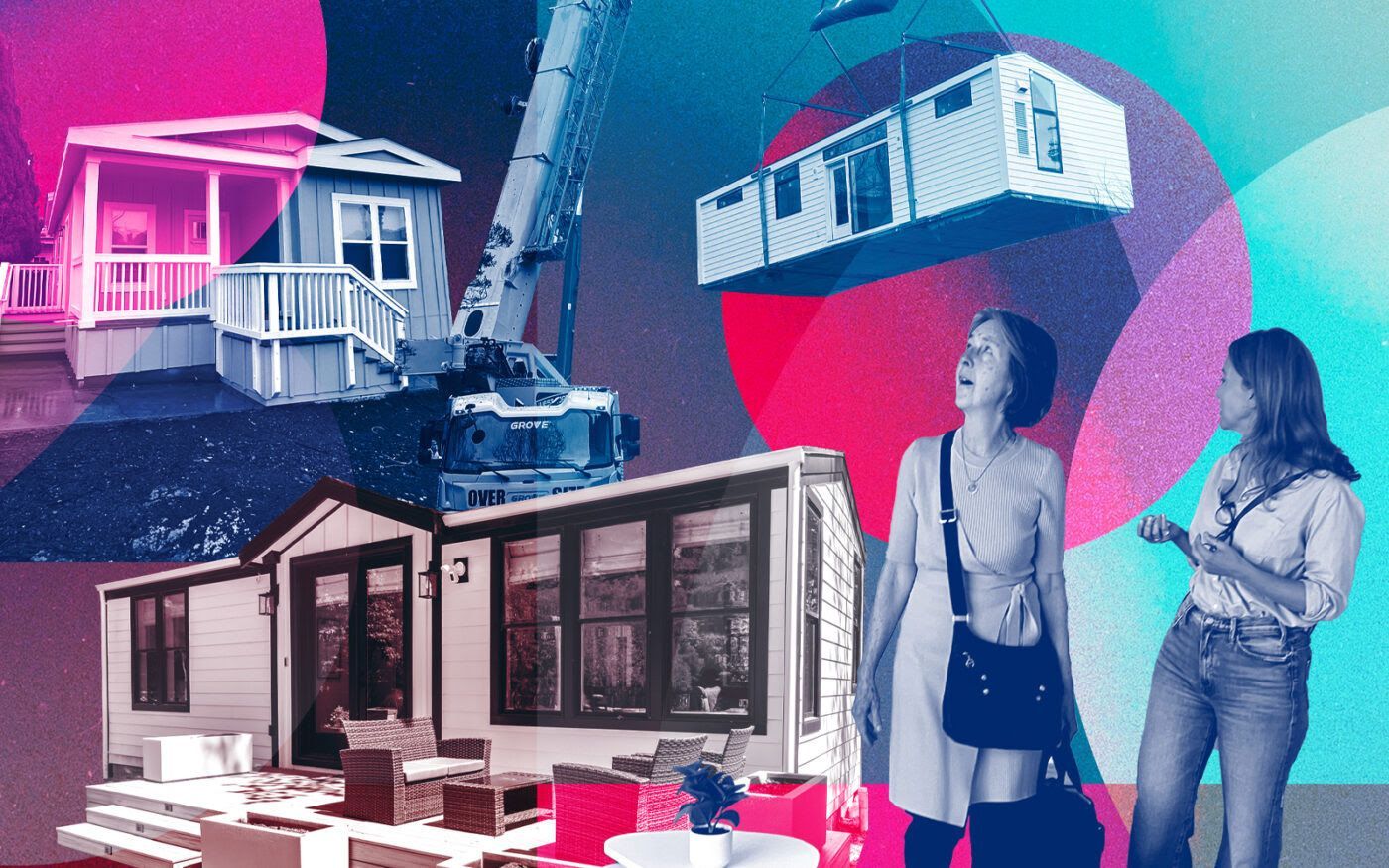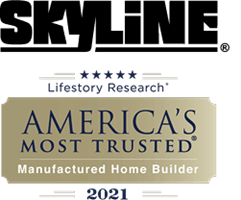Is it worth building an ADU in the Bay Area? Consider the Top Reasons
Building an Accessory Dwelling Unit (ADU) can be considered a worthwhile investment for various reasons. Firstly, it provides additional rental income or space for family members. ADUs can help address housing shortages by offering more affordable housing options within existing neighborhoods. They also promote sustainable land use by maximizing existing infrastructure and reducing urban sprawl from a financial standpoint; ADUs can lead to long-term returns through rental income and potential tax benefits.
Additionally, they offer flexibility; these small units can serve as guest houses, home offices, or even short-term rentals. However, factors like local construction, construction costs, and potential neighborhood impacts should be thoroughly considered. Overall, building an ADU can offer financial, environmental, and lifestyle benefits, making it a worthwhile option for many property owners in the Bay Area.
Is ADU a good investment in Bay Area?
Accessory Dwelling units (ADU) have gained popularity in the high-demand housing markets of the San Francisco Bay Area due to their potential to provide extra income and long-term benefits. Here are some factors to consider when evaluating whether an ADU is a good investment in the Bay Area.
Regulations and Zoning:
Check local regulations and zoning laws. In the Bay Area, regulations related to ADUs can vary significantly from city to city. Some areas have restrictions on the size, height, parking requirements, or other aspects of ADU construction.
Get passive income:
The Bay Area has a high demand for housing, which can lead to strong passive income from ADU’s.
Long-term goals:
Consider whether your investment lines up with your long-term goals. Especially if you are looking for steady rental income, a space for family members.
Local Demand:
Research the specific area within the Bay Area where your property is located. Some neighborhoods have a higher demand for rental units than others.
Unlocking Hidden Value: ADUs as the Bay Area's Investment Secret
Accessory Dwelling Units (ADU) have emerged as the Bay Area's best-kept investment secret. These secondary units, settled within residential properties, offer the advantage of housing supply and generate extra income for homeowners with skyrocketing real estate prices; ADUs provide a viable solution for homeowners to tap into hidden value. Additionally, leveraging ADUs addresses the housing crisis and offers a source of passive income through backyard rental. ADUs are gaining prominence as a strategic investment choice. This trend reforms the real estate landscape by fostering sustainable growth, increased affordability, and financial empowerment for Bay Area residents.
Analyze ROI: ADUs as the Future of Bay Area Real Estate Investments
Accessory Dwelling units are emerging as a prominent frontier in Bay Area real estate investments, offering the potential for an attractive ROI. With skyrocketing property prices and the housing crisis, ADUs offer strategic revenue for maximizing ROI. These compact, versatile units leverage existing land to create income streams or housing solutions. ADUs cater to the region’s housing needs and align with sustainability trends and urban planning initiatives. Investors can diversify their portfolios while addressing housing challenges. Factors like construction cost, permitting hurdles, and property management remain considerations. By exploiting ADUs. Furthermore, investors can potentially unlock substantial returns while contributing to the Bay Area’s evolving real estate landscape.
What is the best time for ADU investment in the Bay Area?
The best time to invest in building an Accessory Dwelling Unit in the Bay Area depends on some factors, which may include:
● Monitor the local real estate market in the Bay Area. If property prices are relatively stable or in demand for rental housing, it might be a favorable time to invest in an ADU.
● Evaluate the supply and demand for housing in your specific location within the Bay Area. An ADU could be in demand if there is a shortage of affordable housing options.
● Low-interest rates can make financing ADU construction more affordable. Keep an eye on interest rate trends and consider taking advantage of lower rates if they align with your investment timeline.
